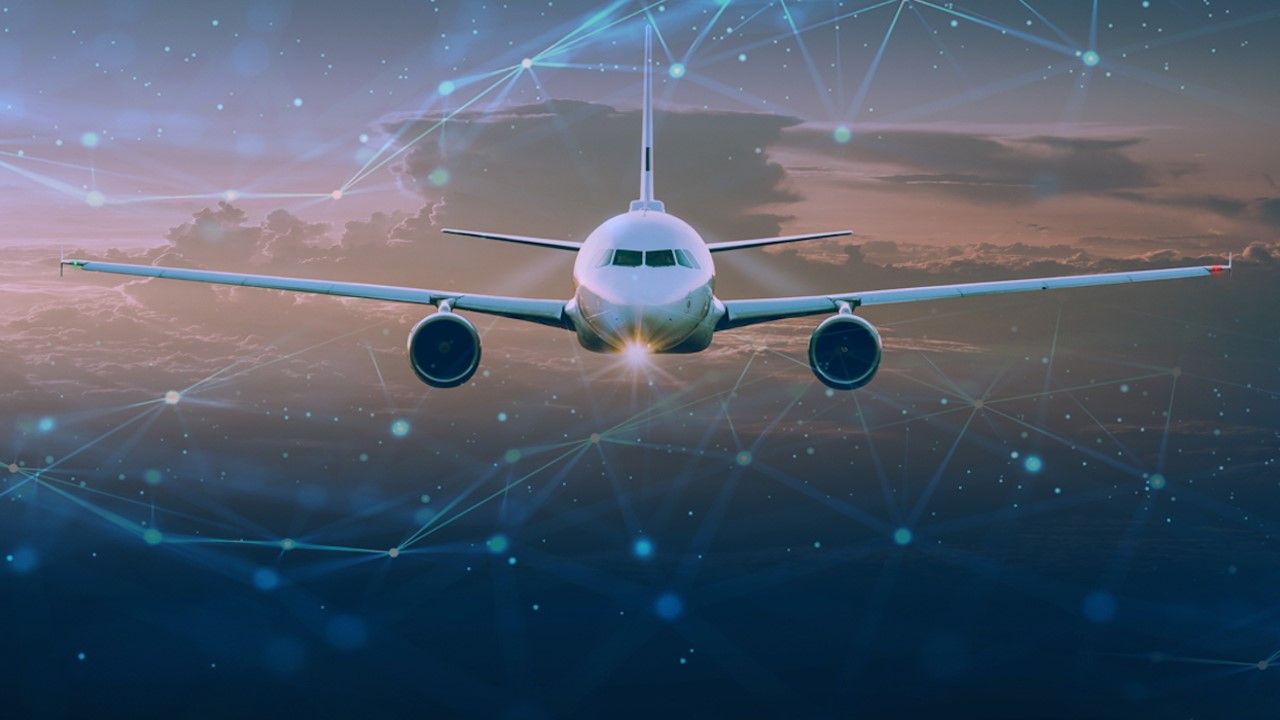The digital transformation of today's leisure airlines
Analysis and investigation of what is needed to derive the digital transformation of today's leisure airlines applied to the example of Edelweiss Air AG

Topic
For leisure airlines, the digital transformation (DT) is no longer a question of “if”, however instead of “when” and, above all, “how”. They are concerned with shaping their DT and putting initiatives on their digital agendas, even though, they need help addressing this issue.
This paper analyzes the critical areas of a DT in the leisure airline industry based on discussions with leisure airlines themselves and experts. It provides actionable insights to assist Edelweiss Air AG (EDW), as a case study in this paper, in strategically prioritizing their DT initiatives for enhanced operational efficiency and competitiveness in the rapidly changing market.
Relevance
In an industry defined by slim and volatile margins and rising customer expectations, leisure airlines must embrace DT for twenty-first-century survival. The process, however, needs a systematic evaluation. Many existing frameworks provide cross-industry insights for a holistic approach to DT, yet they often miss to assess strategic initiatives and actionable recommendations. Despite initial steps towards a comprehensive approach, more research is needed on how leisure airlines manage DT. The limited industry-specific literature adds to these challenges, underscoring the need for more detailed insights on DT in the leisure airline industry.
Results
This paper shows the need for greater DT in leisure airlines to improve operational efficiency, optimize customer interactions, and prepare for industry changes. The industry's current fragmented legacy systems hinder fast DT adoption. However, focusing on controllable areas can foster progress. For EDW, the potential lies in organizational and cultural adjustments, such as interdepartmental collaboration and external cooperation, to boost DT understanding. While the industry remains dynamic, there's an urgent need to enhance the digital customer journey to ensure future success. Foundational DT preparation will help airlines adapt to meet evolving passenger expectations, and prepare for future airline industry changes.
Implications for practitioners
- Regarding DT, there may be more attractive employers than airlines, who rather can start on the green meadow than modernize old processes. Therefore leisure airlines should actively look in-house for digital talents to re- and upskill them
- Leisure airlines should take care of the basics first, which means the outward-looking digital strategy focuses on immediate customer needs over upselling and on the inward strategy get the organization and infrastructure ready for the future
- Leisure airlines should empower product teams by integrating cross-functional teams and fostering a "test-measure-learn" approach
- Leisure airlines should engage more in co-creation hubs and foster collaboration with (cross-)industry counterparts for various DT iniatives
Methods
A simplified model for structuring DT in the leisure airline industry was developed based on cross-industry models. Twelve semi-structured interviews were conducted with leisure airlines following an EDW-like business model and industry experts contributing to different DT dimensions. The interviews were categorized into groups and thematic dimensions based on the model for the analysis and cross-comparison. Through cross-comparison with the groups, actionable insights were derived and recommended to the EDW for their DT journey, aligned with the customer journey. This approach aims to enhance the understanding of the impact of DT by making it more tangible and inclusive for all stakeholders involved.
